How the Fuse Box Works in the Home
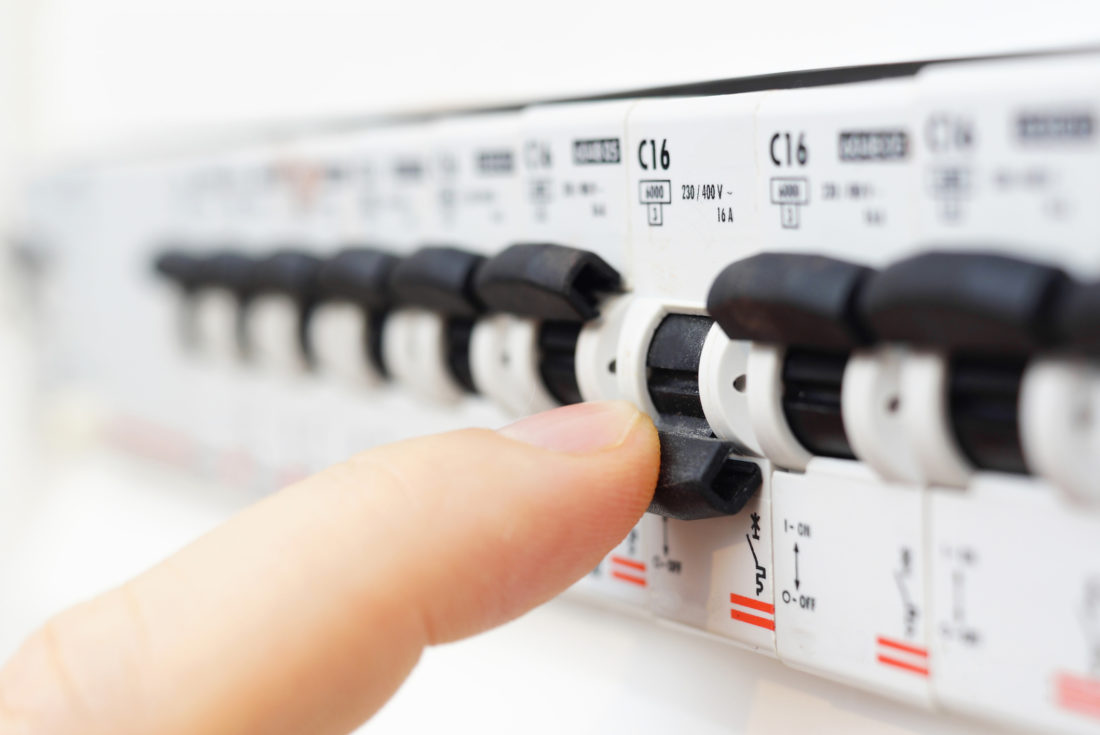
We all know them, we’ve all gone fumbling at their switches with a torch when the electricity has cut out, but what exactly is a fuse box? We hope to educate you on how the fuse box works in our homes.
What is a Fuse Box Exactly?
Basically, a fuse or a trip switch is an electrical safety device that interrupts the flow of excess current in your home. Too much electrical current flowing at once can be dangerous, causing fires and other damage to your home and devices.
A fuse box consists of a number of fuses or trip switches, all linked to different electrical currents in your home. They’re usually housed under a fuse box cover.
What Different Types of Fuse Box are There?
The two most common types of fuse boxes found in the home are screw-in fuse boxes and trip switch fuse boxes.
Traditional fuse boxes are found in older homes that haven’t been wired recently. If your home is newly built or has been rewired, it’s likely you’ll have a trip switch system.
What Does a Fuse Box do?
You might notice your electricity suddenly cutting out if you turn on one too many electrical devices. This is your fuse box at work.
The fuse itself contains a tiny wire that melts when it gets overwhelmed with heat from excess electrical current. Therefore, interrupting the flow entirely.
Trip switches work in a very similar way, but the metal strip instead triggers a mechanism to ‘trip the switch’ to an off position when it detects too much current, thus breaking the circuit.
What Parts Does a Fuse Box Have?
The mains switch
In both screw-in fuse boxes and trip switch boxes, there is a main switch that governs all electrical circuits in the home. They can be black, grey or red and will always be labelled. You can turn on and off the electrical currents for your entire home with this switch.
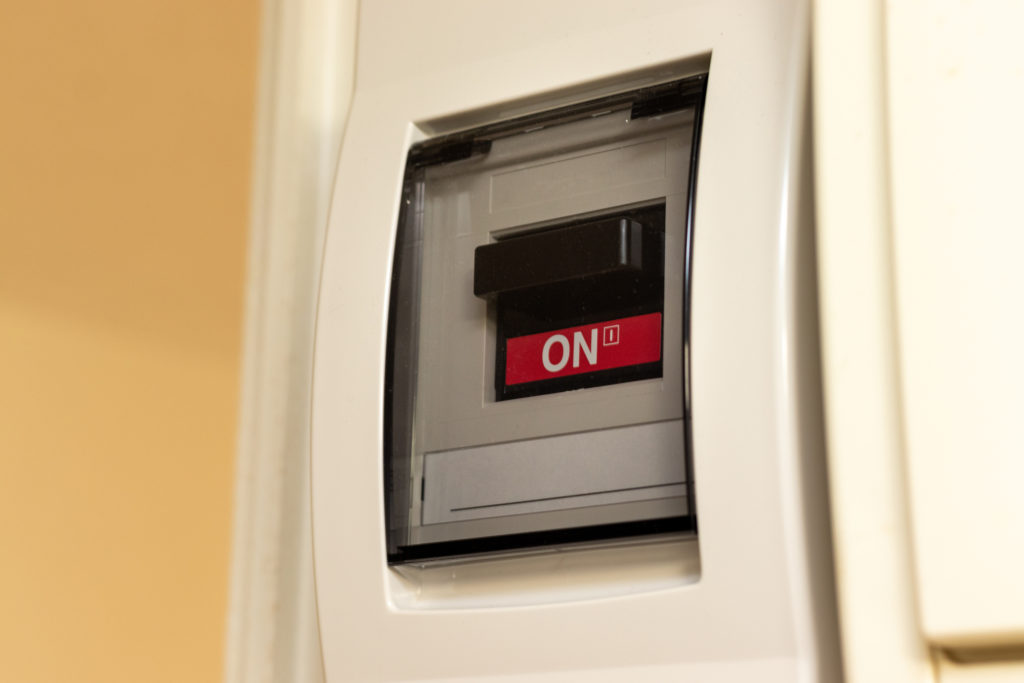
The fuses and switches
In both types of boxes, there are also individual switches or fuses that govern individual circuits. For example the sockets in a certain room, or lights in a certain room. Your fuse box may be labelled with the circuits that each switch or fuse controls.

The fuse box cover
All types of fuse boxes are housed within a fuse box cover. Fuse boxes are mostly located away from the main living areas of the home, for example under the stairs or in a garage.
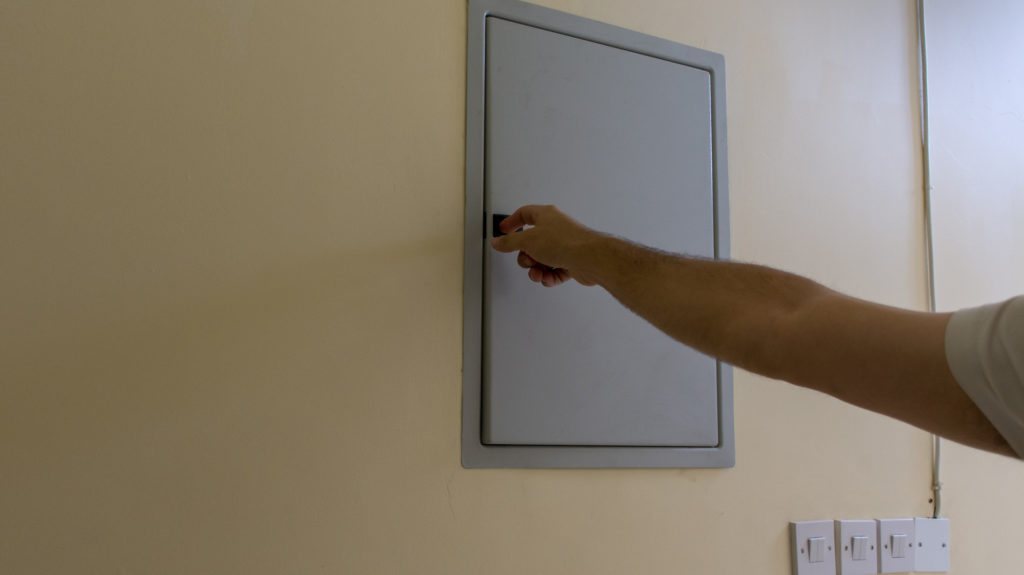
How to Fix a Blown Fuse in the Home
Safety Note: Always turn off electricity using the mains switch before beginning any electrical jobs in the home.
Turn everything off
Turn off all lights and electrical appliances in your home. If you don’t, and you switch on the mains after you change your fuse, it could blow again right away.
1. Resetting a trip switch fuse box
It’s easy to identify a blown fuse in a trip switch system, as you’ll be able to see immediately which switch has flipped down to the off position.
To reset and restore electricity to that circuit, simply flip the switch back to the correct position.
Safety Note: If the system fails to reset it is advisable to call a qualified electrician, as there could be a problem with the circuit.
2. Replacing a fuse in a fuse box
If you have an older fuse box, you’ll need to check the end of each fuse to see if the wires are intact. The blown fuse will have a binding wire that’s broken on both ends popping out at the end.
Unfortunately, the only option here is to replace either the fuse wire or the entire fuse.
Check the amperage of the fuse or wire, and make sure the replacement fuse is the same.
If you can easily remove the wire from the fuse carrier, do so by loosening the screws, taking it out and replacing it with a new wire. You’ll need to gently wind this wire around both screws before tightening them again. If the wire can’t be removed, simply replace the entire fuse with one of equal amperage.
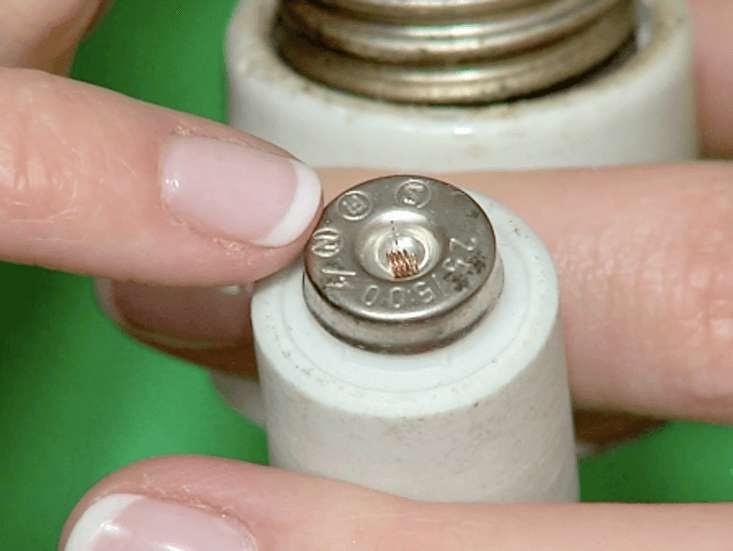
Safety Note: If the fuse blows again it is advisable to call a qualified electrician. There could be a problem with the circuit.
Maintaining Your Fuse Box
A lot of fuse box maintenance can be completed at home by yourself, but for any larger issues, we always recommend contacting a qualified electrician.
How much does it cost to change a fuse box?
This depends on the size of your home and what kind of fuse box you go for, but prices typically can start from as low as €350. When it comes to installing an entirely new fuse box or replacing an old fuse box, it’s important to let a professional carry out the work.
How to connect a wire to a fuse box
This is a task that we would only ever recommend a professional electrician completes. Even with proper safety precautions in place and the mains switched off, connecting a wire to a fuse box yourself can be dangerous and cause serious injury, or worse.
Moving a fuse box
It’s absolutely possible to have your fuse box moved to a different location in your home. Again, this is a task that must be carried out by a qualified electrician. The cost of moving a fuse box depends on the complexity of the project.
Why does my fuse box keep tripping?
It can be frustrating if your fuse box keeps blowing, we all want our fuse box to work as it normally should. Especially when you need to replace a fuse each time. We’ve got a few tips as to why your fuse keeps blowing.
As a general rule of thumb, if a fuse blows more than once when you use the same appliance, the fault is most likely with the appliance itself.
Your iron is tripping the fuse box
The main causes of your iron tripping the fuse box are leaks and broken heating elements. Typically, the easiest way to deal with this is to simply buy a new iron. If your fuse keeps blowing after you’ve done so, call an electrician to find out if there’s a problem with the circuit itself.
Your shower is tripping the fuse box
The most common causes of your shower tripping the fuse box are broken heating elements, faults within the shower’s circuits, or leaks.
Your best bet here is to call a plumber to investigate the problem.
The fuse box is tripping with nothing plugged in
The only likely cause of a fuse box tripping when you’ve got nothing plugged in, is a fault within the fuse box itself. The best option here is to get an electrician to update the fuse box to a new one.
Blown a fuse at home? Our Electrical range will have you sorted in no time.
Shop Electrical at Woodie’s >>
These methods serve as a guide only. We encourage you to take full caution when undertaking any project within the home.
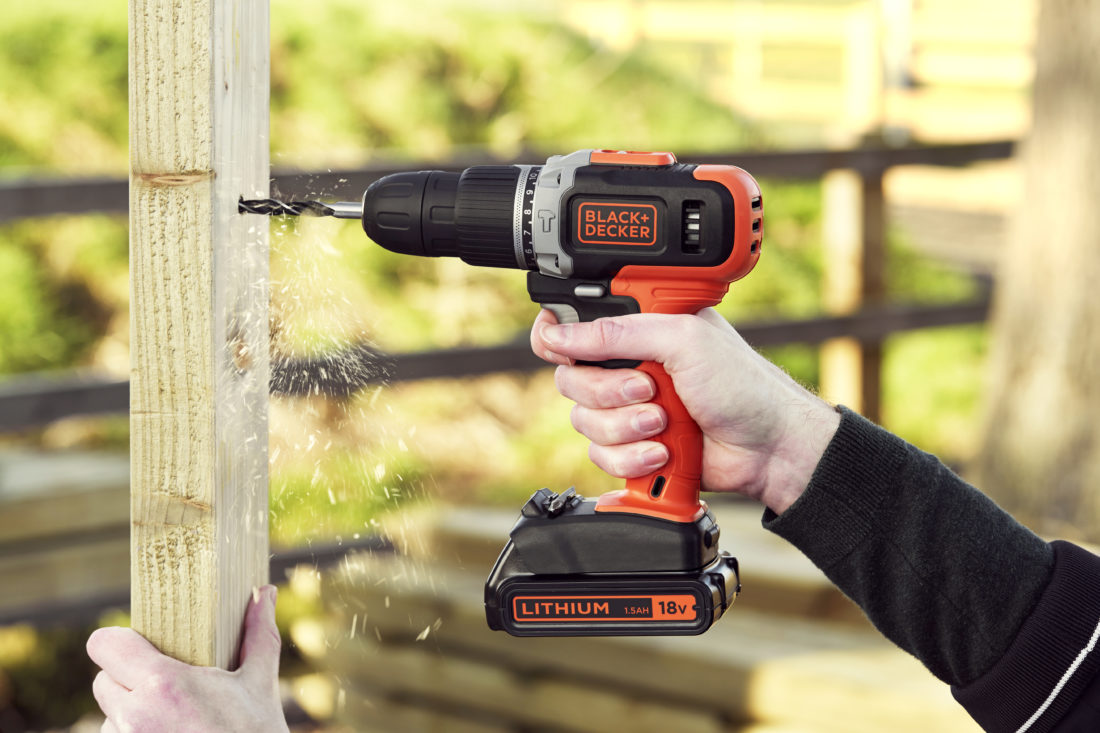
- DIY & Building
DIY Experts Series: Power Drills

- DIY & Building,
- Home Décor
Top Tips for Building Flat Pack Furniture Stress-free

- DIY & Building,
- Bathroom & Plumbing
How to Unblock a Toilet: The Ultimate DIY Guide

- DIY & Building,
- Bathroom & Plumbing
How to Replace a Toilet Seat

- Paint & Decorating,
- DIY & Building
How to Remove Wallpaper

- DIY & Building
